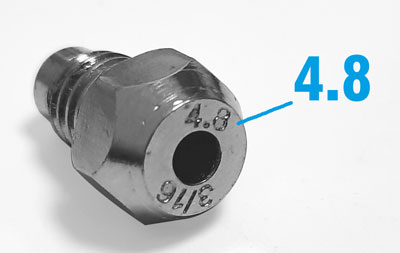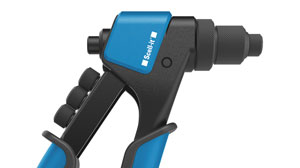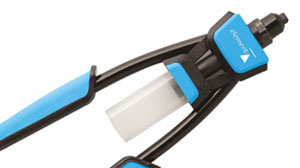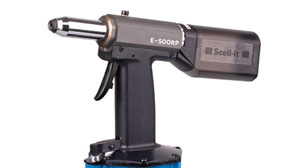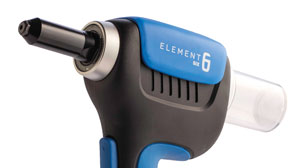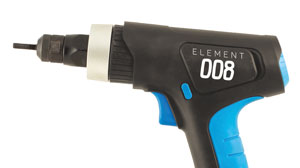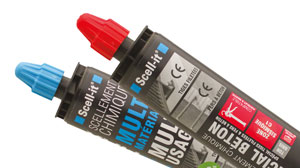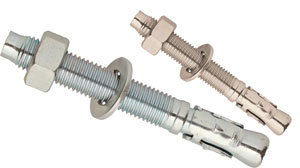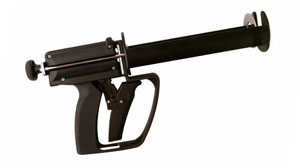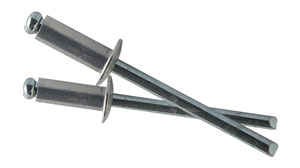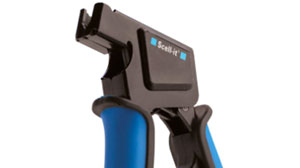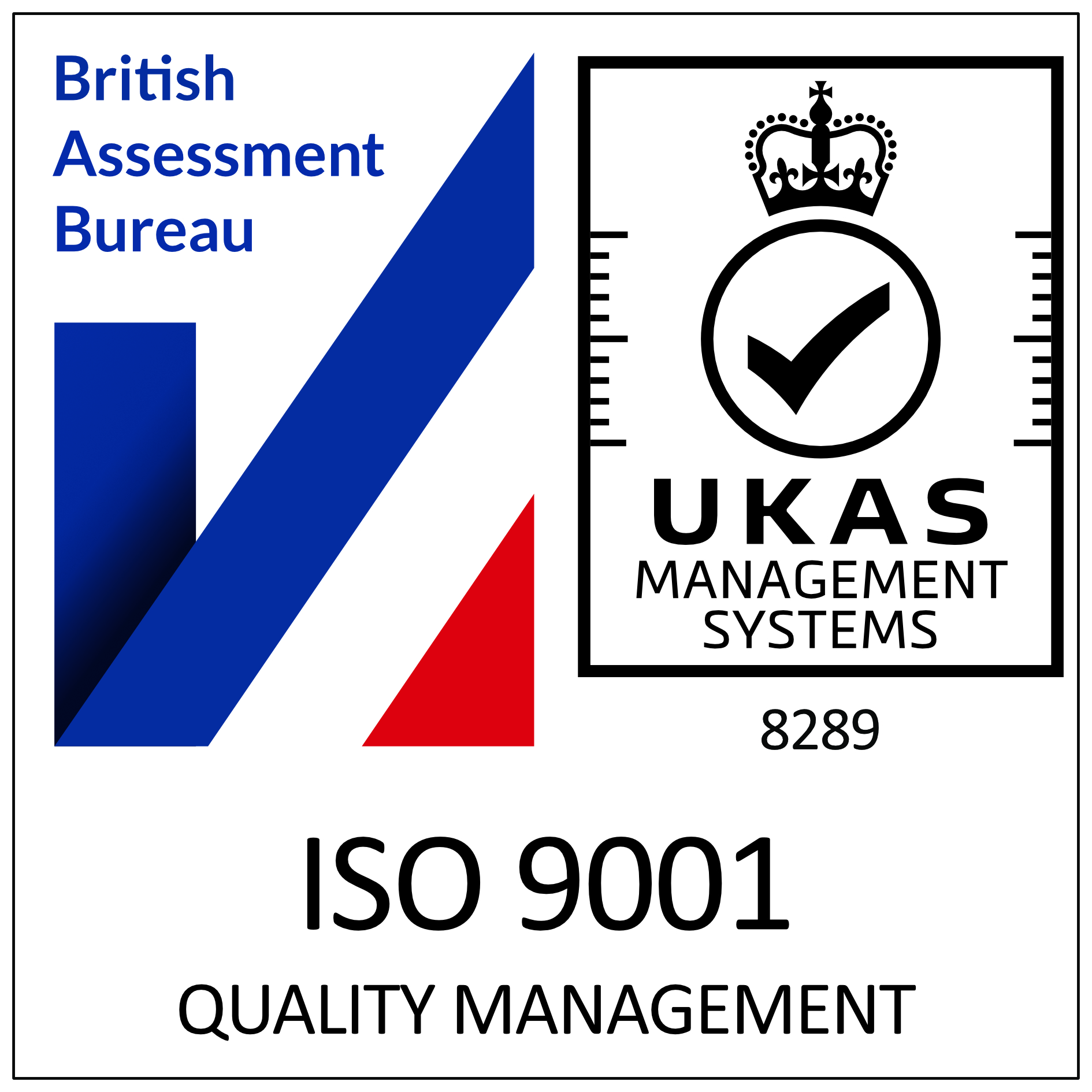Choosing the right Rivet size
Follow this quick and simple guide to measuring and selecting the right rivet for your job.
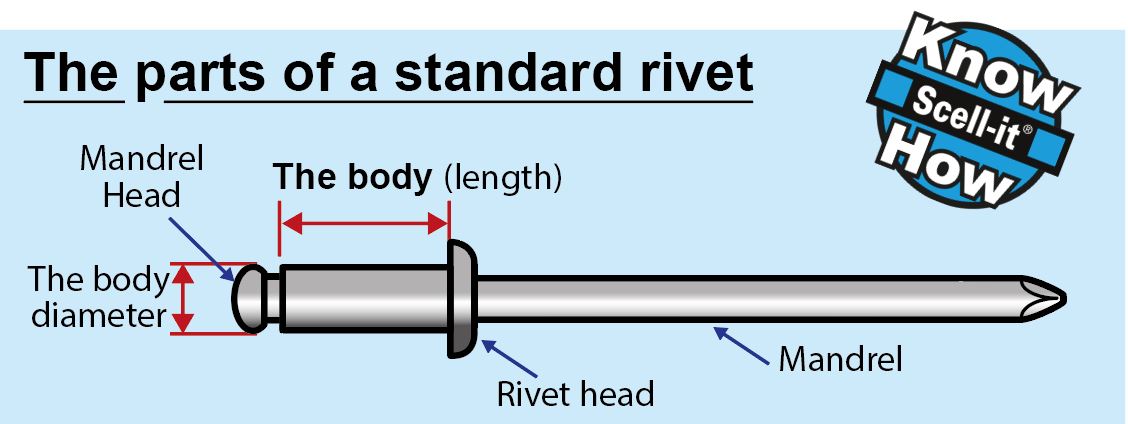
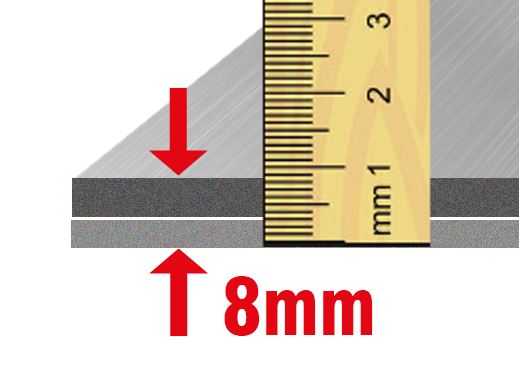
1. Measure the grip range.
This will be the total thickness of the materials being joined together.
2. Choose the diameter of rivet required
The bigger the diameter of rivet body (d) = the stronger the join.

3. Check the data sheet for the chosen rivet type.
This will contain a table to locate the diameter and grip range (G) that will indicate length required.
Example:
A ‘3.2 Diameter’ rivet is required to join two metal plates with a grip (G) of 8.0mm.
The data sheet table shows a 12mm body length is required.
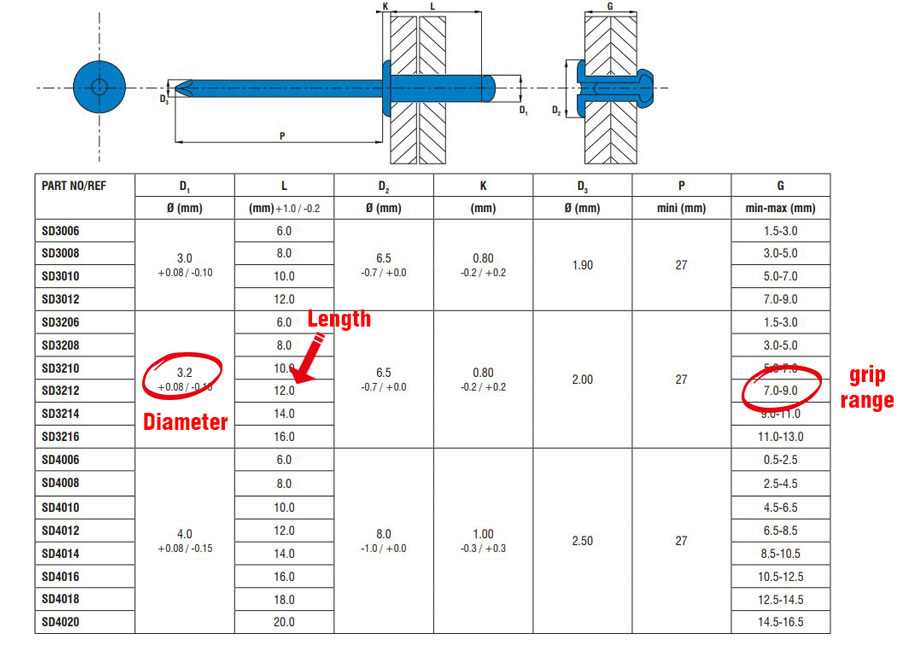
Check the Nosepiece size
